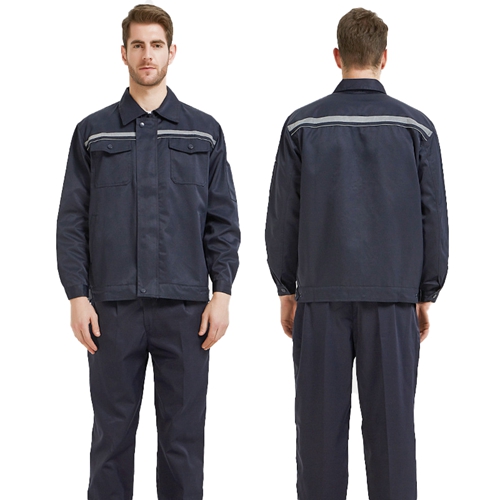Top Quality Hard Hats Supplier for Safety and Protection in Various Industries
The Importance of Hard Hats and Their Manufacturing
Hard hats are an essential safety gear in various industries, particularly in construction, mining, and manufacturing. They are designed to protect workers from head injuries caused by falling objects, collision with stationary objects, and electrical shocks. The manufacturing of hard hats is a specialized process that ensures these protective gears meet the rigorous safety standards set by regulatory bodies.
Understanding Hard Hats
A hard hat is typically made from a durable and impact-resistant material, such as high-density polyethylene (HDPE) or fiberglass. These materials are chosen for their strength and ability to withstand harsh conditions. Hard hats often come with a suspension system inside, which helps absorb shock and reduce the risk of injury. Additionally, hard hats can be customized with features such as chin straps, face shields, and earmuffs, enhancing their functionality and comfort for different work environments.
Manufacturing Process of Hard Hats
The manufacturing process of hard hats involves several steps, ensuring that each helmet meets industry standards. Initially, raw materials are sourced and processed. High-density polyethylene, for instance, is melted and molded into helmet shapes using injection molding techniques. This allows for precise designs and uniform quality across batches.
Once the basic shape is formed, each hard hat undergoes rigorous testing for durability and impact resistance. Manufacturers must adhere to guidelines set by organizations such as the American National Standards Institute (ANSI) and the Occupational Safety and Health Administration (OSHA). These guidelines dictate not only the materials used but also the performance tests that each hard hat must pass before being deemed safe for use in the field.
hard hats manufacturer

Customization and Design
In the competitive market of personal protective equipment (PPE), hard hat manufacturers often focus on customization. Companies may seek specific colors, logos, or additional features that align with their brand or safety requirements. Manufacturers must work closely with clients to understand their needs and deliver customized solutions without compromising on safety.
In recent years, technology has also played a significant role in the design and enhancement of hard hats. Some manufacturers have integrated smart technology into hard hats, including sensors that monitor environmental conditions and the wearer's health. These innovations not only improve safety but also provide valuable data that can be used for further enhancing workplace safety protocols.
Environmental Considerations
As the world becomes increasingly aware of environmental issues, hard hat manufacturers are also focusing on sustainability. The sourcing of recyclable materials and the reduction of waste in the manufacturing process are becoming more common practices. Some manufacturers offer hard hats made from recycled plastics, contributing to a circular economy and minimizing the environmental impact of their products.
Conclusion
In conclusion, hard hats are a vital component of worker safety in various industries. The manufacturing of these protective gears involves a complex process that prioritizes safety, customizability, and environmental responsibility. As technology continues to advance and the demand for workplace safety increases, manufacturers are likely to innovate further, ensuring that hard hats not only protect but also adapt to the evolving needs of the workforce. By investing in quality hard hats and understanding their importance, companies can significantly reduce workplace accidents and enhance their commitment to employee safety.
-
Top HDPE Safety Helmets - Lightweight, Durable Head Protection
NewsAug.01,2025
-
Top AI Safety Clothing with GPT-4 Turbo | Smart Protection
NewsJul.31,2025
-
Face Shield Safety Helmet with GPT-4 Turbo AI Safety
NewsJul.31,2025
-
CE Working Clothing for Construction & Welding Safety
NewsJul.30,2025
-
Premium Safety Helmet with Visor for Construction & Industrial Use
NewsJul.29,2025
-
High-Quality CE Working Clothing for Safety and Construction
NewsJul.29,2025
